Young "cherokee princess" dogwood in need of some diagnosis and help!
Jon
7 years ago
last modified: 7 years ago
Featured Answer
Sort by:Oldest
Comments (10)
Caldwell Home & Garden
7 years agoRelated Discussions
pruning young kousa dogwood
Comments (4)This is a very old post. I'm wondering if you're still living at this same location? I have two dogwoods. One is a Cornus Kousa like yours. I've done some research about pruning Kousa dogwoods and the advice I read said NOT to prune in the early spring or summer because the tree will be vulnerable to dogwood borer. Apparently they are attracted to the exposed inner wood of the tree and will lay eggs in it. It's the only real pest the Kousa has, so do wait. Some people get away with it and therefore think it's okay to prune whenever their tool is in their hand, but I don't like to tempt fate. The Kousa I have is a clump variety with three equal-sized trunks coming from the ground. Last year I noticed the leaves on one of the trunks looked pale. I was dismayed and worried when I examined the trunk these pale leaves grew from and saw that a lot of the bark had come off. This year to my surprise, all the leaves on that branch look fine. Of course the bark is still missing in lots of areas, but the leaves growing from this trunk look fine. I have no idea what happened. I'm just glad that it seems okay. To make a long story short, don't prune your dogwood till late winter, very early spring. It's not worth the risk. If you're still at the same address when you wrote back your dogwood, please write back and let us know how the Kousa you wrote about is doing....See Morehey i need some help iding some berries
Comments (6)Well....around here the only thing that grows wild (it is an invasive species) that has berries this time of year that look similar to small blueberries and has thorns is the common buckthorn Rhamnus cathartica but I would not call them sweet smelling. There are others like the alternate-leaf dogwood Cornus alternifolia that get blue berries that are similar looking to elderberries but they don't have thorns. A picture of what you are trying to ID would help immensely. FataMorgana Here is a link that might be useful: Cornus alternifolia...See MoreNeed help on leaves diagnosis
Comments (6)It also happens if the plants do not get enough fertilizer - specifically nitrogen. Sometimes - because the grower thinks that the soil is preloaded with fertilizer so it will last forever - but actually it will be exhausted in 2-3 months. Sometimes - the plant was not repotted for a year or more, the soil got sour - and the plant cannot absorb nutrients because of this acidity. The plant sends its resources towards young center leaves and blossoms - and the older tired leaves get sacrificed. So - Elsa - you need to answer these questions - 1. How old are the leaves you are losing? If a year or more - it is time. Just as AnneCecilia described. 2. Do you fertilize your plant? How long ago you repotted it? If these things are behind - adress them. No matter what is the cause these leaves are not going to get green again. You can remove the worst ones now, and the next row - some time later. Irina...See MoreNeed help with pink dogwood
Comments (14)Brad, the soil looks very dry in some of the photos (but not in others). Could this thirsty dogwood just be drying up? Don't water by any schedule-just do it when the soil looks and feels dry to the touch. Also, most soils contain adequate amounts of most nutrients. Is there a known deficiency in your region? Hold off on getting too worked up about not having the right kind of kelp meal, or whether Miracle Grow is even one tiny bit different than the no-name brand sitting next to it on the shelf....and work on basics. Right now, I think-and sure could be wrong-that water could be an issue here. Oh, and don't worry about some tiny roots being temporarily exposed. Those things are dying and regrowing all the time, all the way through the growing season anyway. Just recover with thin mulch layer when you're done....See Morecearbhaill (zone 6b Eastern Kentucky)
7 years agokentrees12
7 years agoJon
7 years agolast modified: 7 years agokentrees12
7 years agoJon
7 years agorhizo_1 (North AL) zone 7
7 years agomad_gallica (z5 Eastern NY)
7 years agoLogan L Johnson
7 years ago
Related Stories
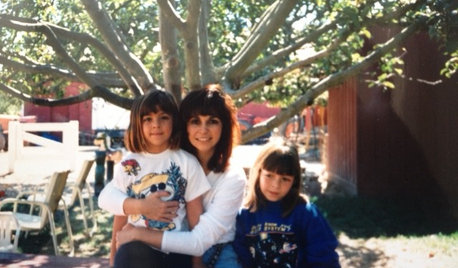
LIFEHouzz Call: What Has Mom Taught You About Making a Home?
Whether your mother taught you to cook and clean or how to order takeout and let messes be, we'd like to hear about it
Full Story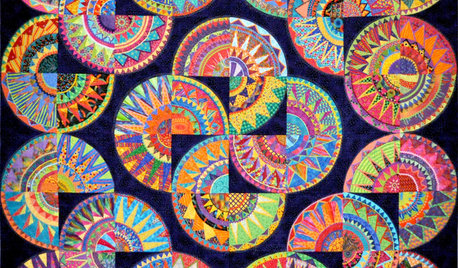
ARTShow News: Rare Quilts Get Museum Time
See 6 intricate designs from a California exhibition and get tips for building your own quilt collection
Full Story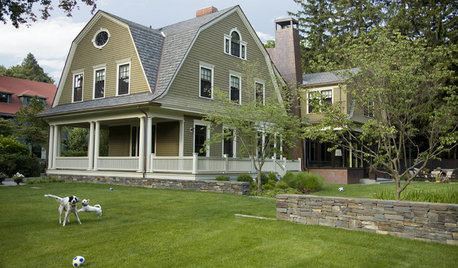
PETSSo You're Thinking About Getting a Dog
Prepare yourself for the realities of training, cost and the impact that lovable pooch might have on your house
Full StorySponsored
Leading Interior Designers in Columbus, Ohio & Ponte Vedra, Florida



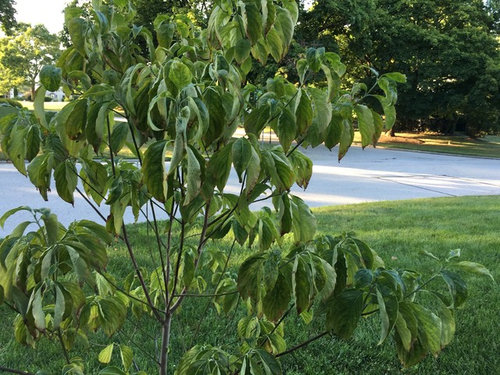
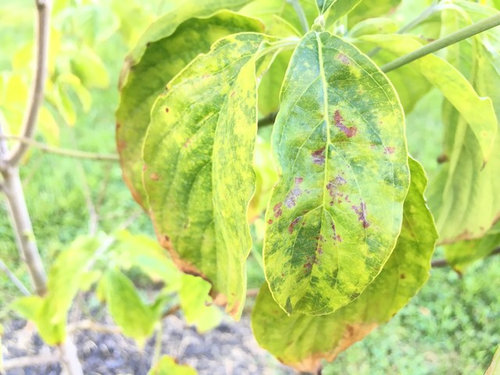

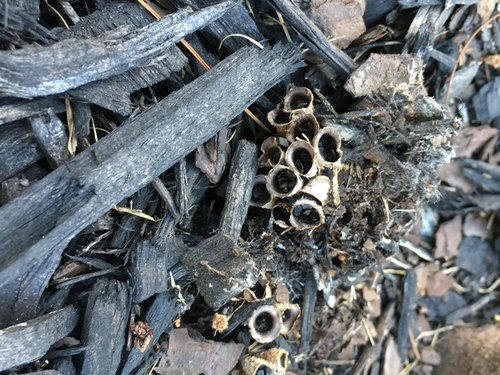
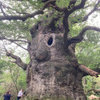

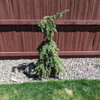
akamainegrower